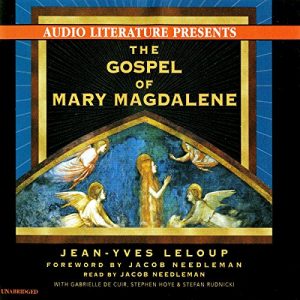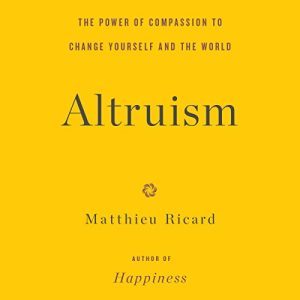In the early 20th century Dr. Maria Montessori’s innovative theory of infant education took the world by storm. Advocating for allowing the child freedom in pursuing his “inner work”, the work of the mind, her method includes a series of scientifically designed teaching materials (didactic materials) that encourage the child to proceed at her own pace with minimal guidance from the teacher.
Soon her “Case dei Bambini” (Children’s Houses) were being replicated around the world and she had written two books about the scientific basis of her theory and given dozens of teacher-training seminars and lectures. But success breeds imitation and by 1914 “certain books which may appear to the general reader to be the authoritative expositions of the Montessori system” were being circulated.
To counter this, she published this short, easy to follow handbook, which includes exercises and detailed descriptions of teaching materials that can be replicated. (Modern parents will be relieved that china plates and cups, and modeling clay that needed to be glazed and baked have been replaced by plastic and play dough. Montessori teaching materials are also available online.) Concise explanations are given of her theories of motor education; sensory education; language and knowledge of the world; freedom; writing; the reading of music; and arithmetic.
A hundred years later the Montessori Method of “learning by doing” still thrives. This book gives insight into the brilliant mind that invented it.








Reviews
There are no reviews yet.